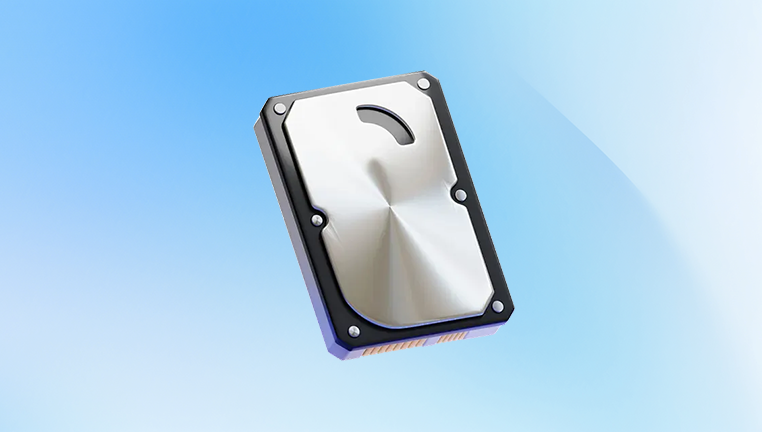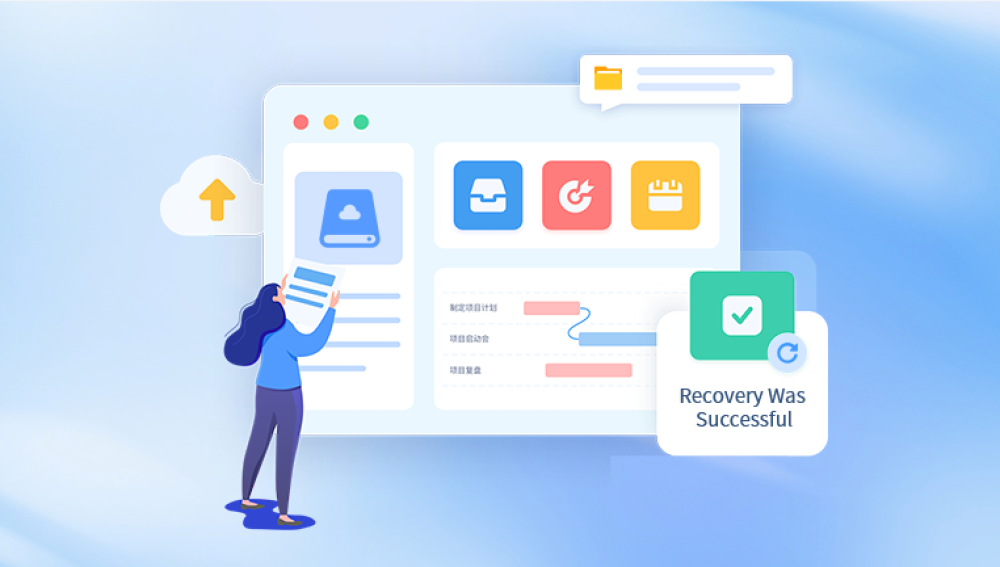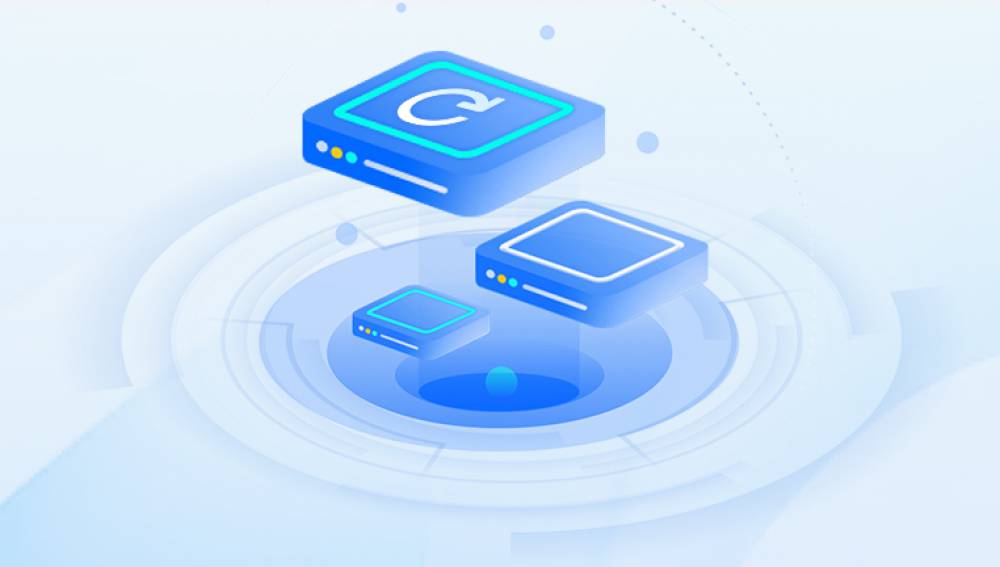Hard drives are essential components of every computing system, storing operating systems, applications, work files, and personal memories. Yet, they are also vulnerable to a wide range of failures from corrupted file systems and bad sectors to mechanical or firmware issues. While some cases require professional intervention or even data recovery labs, many hard drive problems can be resolved using free software.
Issues That Free Programs Can Address
File system errors (NTFS, FAT32. exFAT corruption)
Bad sectors (logical, sometimes recoverable)
Master Boot Record (MBR) or partition table damage
Corrupted partitions or missing volume labels
Slow drive performance due to fragmentation

Deleted file recovery (limited depending on overwrite)
Disk surface scans for SMART attribute analysis
Issues Beyond Software Repair
Free programs cannot fix mechanical failures such as:
Clicking or grinding sounds
Failed motors
Read/write head damage
Severe firmware corruption
Burned PCB or electrical shorts
Such problems require physical repair or cleanroom services. But if your drive is still detected by the system, and issues seem logical or software-related, these tools can work wonders.
Built-In Tools in Windows and macOS
Most users already have several free hard drive repair tools installed on their systems. These built-in utilities provide a strong starting point.
1. Drecov Data Recovery (Windows)
Drecov Data Recovery is a powerful and user-friendly software solution designed to help users recover lost, deleted, or corrupted files from a wide range of storage devices. Whether you’ve accidentally deleted a photo, formatted a USB drive, or experienced data loss due to a system crash, Drecov Data Recovery offers an efficient and intuitive way to retrieve your valuable information.
One of the key strengths of Drecov Data Recovery is its versatility. The software supports recovery from internal hard drives, external hard disks, USB flash drives, SD cards, and even crashed or inaccessible partitions. It’s compatible with multiple file systems such as NTFS, FAT32. exFAT, and HFS+, making it ideal for both Windows and macOS users.
The user interface is clean and easy to navigate, making it suitable for both beginners and advanced users. With just a few clicks, you can start a quick scan to retrieve recently deleted files or a deep scan to recover data from more severely damaged or formatted drives. Drecov Data Recovery also allows users to preview files before restoring them, ensuring only the desired data is recovered.
Security and integrity are central to the software's design. It performs recovery in read-only mode, meaning it won’t overwrite existing data on your device. This is crucial when attempting to recover sensitive or important files without risking further damage.
2. Disk Utility (macOS)
For Mac users, Disk Utility offers the “First Aid” feature, which can diagnose and repair disk issues.
How to Use:
Go to Applications > Utilities > Disk Utility.
Select your drive from the left panel.
Click “First Aid” and confirm.
What It Fixes:
File system errors (APFS, HFS+)
Permission issues
Volume structure anomalies
Top Free Third-Party Tools for Hard Drive Repair
For more advanced diagnostics and repair capabilities, free third-party programs step in where built-in tools leave off.
3. CrystalDiskInfo
CrystalDiskInfo is a free tool that monitors the health status of hard drives using S.M.A.R.T. data.
What It Does:
Shows drive temperature, reallocated sectors, read error rate, and more
Identifies early warning signs of failure
Best For:
Diagnosing failing drives before catastrophic loss
Long-term monitoring of HDD or SSD health
Limitations:
Doesn’t repair, only diagnoses
Windows-only
4. TestDisk
TestDisk is a powerful open-source program that can recover lost partitions and fix boot sectors.
What It Fixes:
Deleted or missing partitions
Damaged partition tables
Unbootable drives
Lost MBR
How It Works:
Command-line based interface
Supports Windows, macOS, and Linux
Can rebuild corrupted partitions
Ideal Use Case:
A drive shows as “RAW” in Windows
Partitions disappeared after formatting
You accidentally deleted a partition
Limitations:
Requires some technical knowledge
Doesn’t repair physical damage
5. Recuva
Recuva by Piriform is a user-friendly recovery tool ideal for retrieving deleted files from healthy or mildly corrupted drives.
Features:
Deep scan mode for better recovery
Supports all major file types and systems
Preview before recovery
Best Used For:
Accidental deletions
Minor file system corruption
SD cards and USB drives too
Limitations:
May not recover overwritten files
Recovery quality drops with severe damage
6. HDDScan
HDDScan is a diagnostic and testing tool that checks for bad sectors and reads S.M.A.R.T. attributes.
Key Features:
Surface test for detecting weak or slow sectors
Temperature monitoring
S.M.A.R.T. status review
When to Use:
Suspect bad sectors
External drives showing I/O errors
Limitations:
Doesn’t repair bad sectors, only flags them
Lacks a full recovery suite
7. GSmartControl
GSmartControl is a graphical interface for S.M.A.R.T. tools that provides health info and tests for drives.
Why It's Useful:
Works on Linux, Windows, macOS
Performs short and long self-tests
Tells you if your drive is "pre-fail"
Best For:
Non-Windows environments
Cross-platform health diagnostics
Specialized Tools for Specific Fixes
Some hard drive issues require specialized solutions. Here are targeted tools based on different problem types:
8. MiniTool Partition Wizard Free
Features:
Rebuilds MBR
Checks and fixes file system errors
Changes partition types and recovery
Use It When:
Partitions are unallocated or inaccessible
You need to rebuild a corrupt partition table
Limitations:
Free version lacks deep data recovery
Not suitable for physical errors
9. EaseUS Partition Master Free
What It Does:
Partition recovery wizard
Format, resize, delete, or hide partitions
Checks partition integrity
Great For:
Restructuring damaged partitions
Fixing boot issues after cloning or resizing
Limitations:
Recovery features limited in free tier
Can’t recover severely corrupted files
10. Victoria HDD (Advanced Users)
Victoria HDD is a Russian-developed diagnostic utility with deep drive scanning capabilities.
Key Capabilities:
Surface scanning
SMART monitoring
Sector repair attempts (if supported)
Use It If:
You’re facing I/O errors
You want detailed drive response analytics
Drawbacks:
Steep learning curve
Not designed for beginners
Recovery From Specific Issues
Fixing a Drive That’s Become RAW
When a drive changes to RAW format (Windows says it’s unformatted), TestDisk or MiniTool can rebuild the partition table. In mild cases, CHKDSK can fix this too.
Steps:
Don’t format when prompted.
Run TestDisk to detect and rewrite partitions.
Reboot and check the file system.
Addressing Bad Sectors
You can use CHKDSK with /r or tools like HDDScan and Victoria to scan and remap sectors.
Keep in mind:
Remapped sectors reduce lifespan.
If bad sectors increase, clone the drive immediately and replace it.
Repairing Boot Issues (MBR or Boot Sector)
A corrupted Master Boot Record can prevent your system from starting.
Fix Options:
Use Windows Recovery Environment: bootrec /fixmbr
Use TestDisk to rebuild MBR
Use MiniTool to write new boot code
How to Choose the Right Tool
Best Practices When Using Free Tools
Stop using the drive immediately: Writing new data can overwrite lost files.
Create a disk image: Tools like Clonezilla or ddrescue can clone a failing drive to preserve data before attempting repairs.
Use tools on non-system drives first: Experimenting on external drives is safer than working on your OS disk.
Read documentation: Especially for tools like TestDisk or Victoria, study the user manual to avoid mistakes.
When to Move Beyond Free Tools
Free tools work for many cases, but they do have limits.
Consider a paid or professional solution when:
The drive doesn’t spin or is undetected
Recovery attempts fail repeatedly
The data is highly valuable or irreplaceable
S.M.A.R.T. data shows imminent failure
Data recovery labs offer cleanroom repairs, firmware editing, and chip-level diagnostics—but at a cost.
Final Tips to Avoid Hard Drive Problems in the Future
1. Regular Backups
The best defense is prevention. Use cloud backups, external drives, or network storage. Set a schedule and stick to it.
2. Monitor S.M.A.R.T. Health
Install CrystalDiskInfo or GSmartControl to keep tabs on your drive's health and detect problems early.
3. Use Surge Protectors
Power fluctuations damage drives. A surge protector or UPS can save your system.
4. Handle With Care
Avoid dropping or jostling drives, especially external ones. Use anti-static precautions when handling internals.
5. Retire Old Drives
Most drives have a 3–5 year lifespan. If you're approaching that, consider replacing or cloning the drive proactively.
Hard drive failure can feel like a catastrophe, but with the right tools, many issues can be fixed for free. From built-in utilities like CHKDSK and Disk Utility to robust third-party tools like TestDisk, Recuva, and CrystalDiskInfo, the software landscape is rich with powerful options that cost nothing but can save everything.




